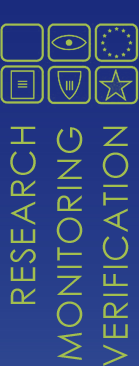The overall objective of this subproject is to:
- contribute to bridging the gap between the assurance that state-of-the-art monitoring technology and verification can provide, and the assurance of technical performance required by CCS stakeholders.
- gather technical and scientific experience from the project storage sites, while building frameworks for the requirements for risk assessment, mitigation procedures, and monitoring methodologies.
The work should lead to an overview of current practices at geological storage locations, and - to the extent possible – generic guidance for practices of monitoring and performance assessments in the future.
Stipulations in the existing legal framework, notably the EU Directive for the Geological Storage of CO2, and requirements of relevant regulatory and verifying agencies will be considered.
Key output: contribution to future guidelines for CO2 storage
Work undertaken in this subproject has resulted in inter alia a database of best practice manuals on monitoring and reporting, and a Draft Contribution to Future Guidelines of geological storage of CO2 in saline aquifers and depleted hydrocarbon fields.
The draft guidelines were made available to DG Environment as an important input to its proposal for a Directive on the Geological Storage of CO2.
By the end of the CO2ReMoVe project the Draft Contribution to Future Guidelines will be updated with findings from technical and scientific experiences in monitoring and performance assessment obtained at Ketzin, Sleipner and In Salah.
Expert workshop accuracy and best practices
On 24 June 2009 an Expert Workshop was organized by subproject 4 on risk assessment and monitoring practices at each of the three storage operations included in the project. Presentations were given by site operators as well as relevant work package leaders in the project.


